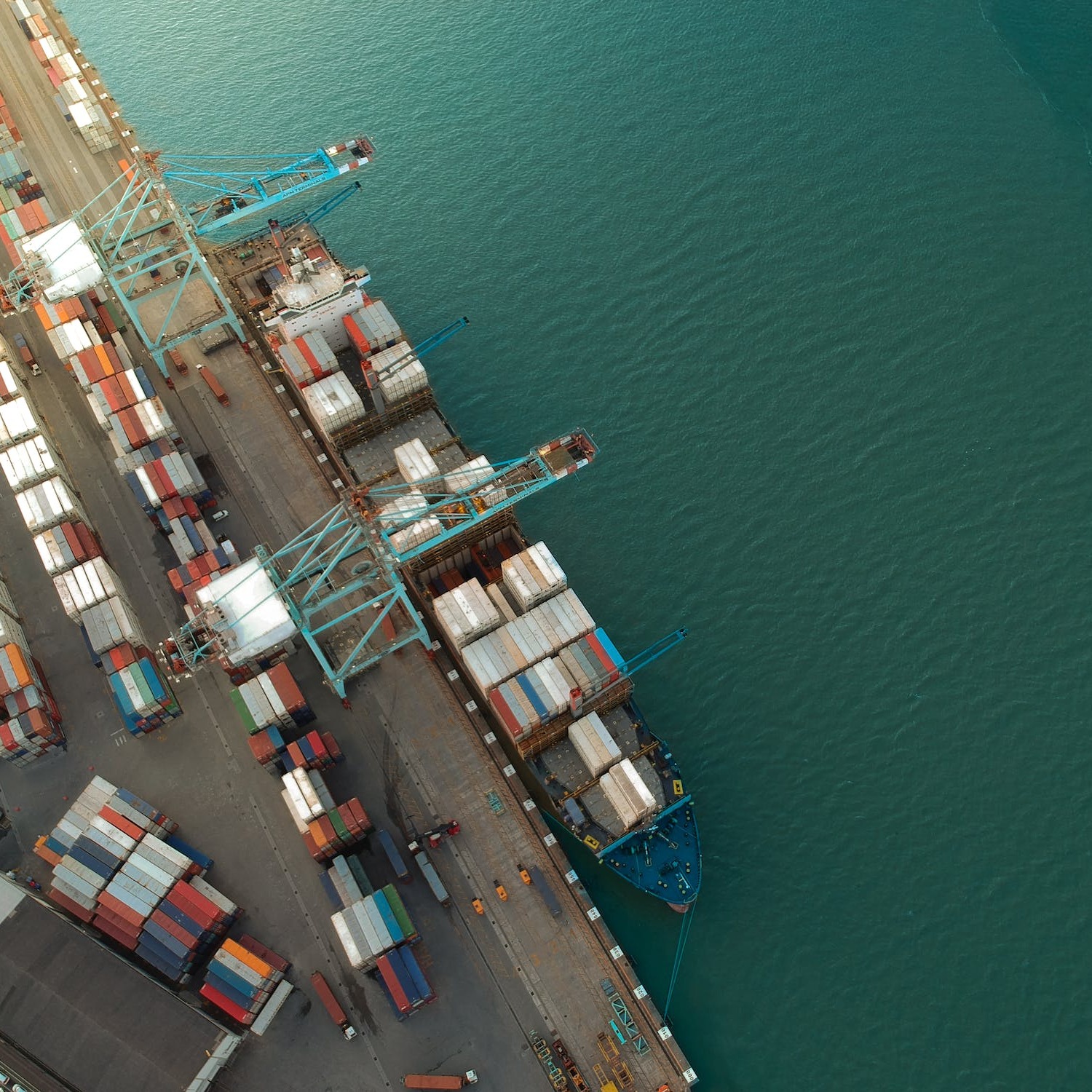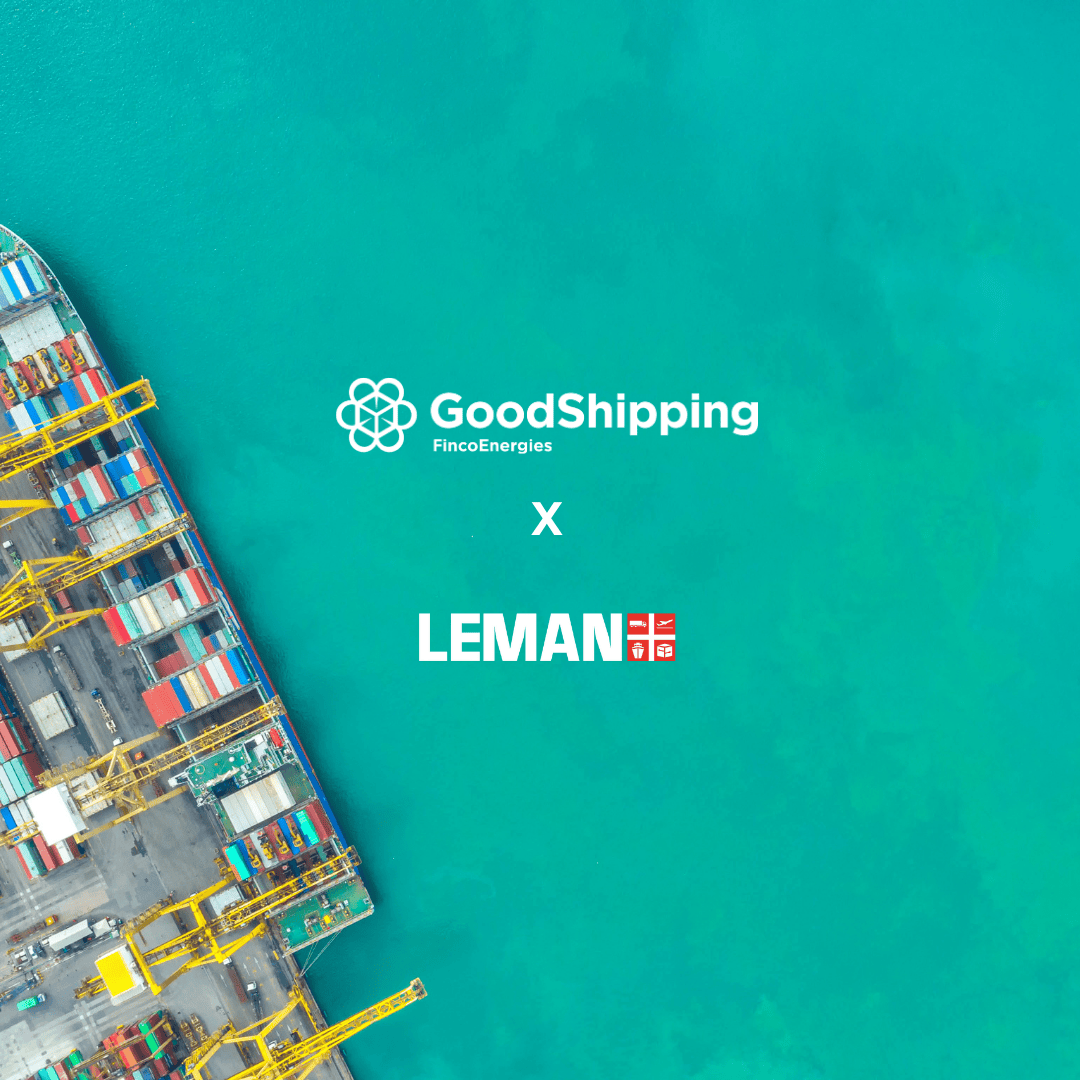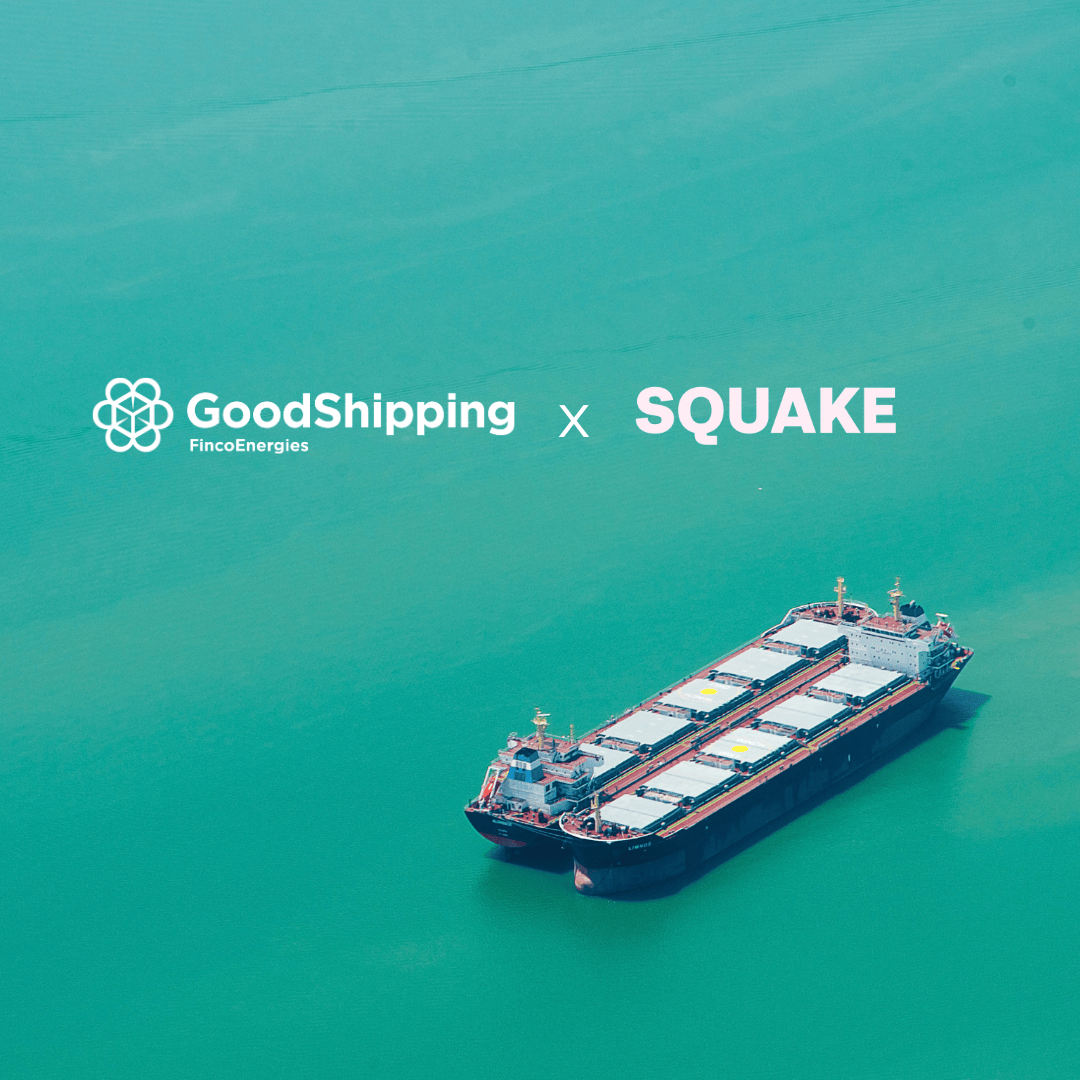S.png)
L.png)
To overcome its decarbonisation challenge, shipping will need to adopt new technologies and fuels, and perhaps most importantly a fresh mindset. Katarin van Orshaegen, Commercial Lead at GoodShipping, explains how focusing on the bigger picture through solutions such as carbon insetting will enable companies to reduce emissions close to their supply chains and move towards a zero-carbon future.
The challenge to decarbonise shipping is unprecedented, both in breadth and urgency. According to the International Maritime Organization’s (IMO) Fourth Greenhouse Gas Study published in 2020, shipping’s share of global anthropogenic emissions has continued to grow in the past decade, jumping from 2.76% in 2012 to 2.89% in 2018. Emissions are likely to increase further unless action is taken now, a reality that puts the spotlight on our industry.
This new pressure on shipowners and charterers has become more tangible than ever. In June 2021, the IMO adopted amendments that will require ships to reduce their emissions through technical and operational measures. The industry is also watching closely as the European Union (EU) is considering its own regulations to disincentive fossil fuels in shipping.
Meeting the growing expectations from legislators and society will require shipping companies to think differently and find impactful solutions that enable them to reduce their emissions now, while also laying the groundwork for the supply chains of tomorrow. This is where organisations such as GoodShipping can play a key role.
Reducing emissions at the source
The concept of carbon offsetting, which enables organisations to compensate for their emissions by investing in external climate protection projects, is already widely understood and reasonably commonplace. However, it’s clear that reducing shipping’s global carbon footprint will require innovations to happen within the maritime supply chain. Therefore, a more effective approach to tackling organisations’ environmental impact is carbon insetting, which enables them to reduce emissions directly within their own sector.
The principle of insetting is put into action by GoodShipping, which offers cargo owners the possibility to transport all or part of their cargo in a carbon-neutral way. Once the cargo owner has decided on the amount of cargo that they wish to transport sustainably, GoodShipping facilitates a fuel switch to sustainable marine biofuel. In simple terms, a volume of sustainable biofuel that reduces transport emissions is fuelled into a vessel or truck that would have normally run on fossil fuel.
For hard-to-abate sectors like deep sea shipping, biofuels are currently the most practical solution to reduce emissions from shipping. Even with production and transportation process emissions included, the biofuels used by GoodShipping reduce carbon emissions by at least 80%.
Think global, and measurable
Carbon insetting encourages organisations to think differently on several levels. The most important mindset they should adopt is to see the decarbonisation challenge through global lenses and view their own individual actions as part of our collective fight against climate change.
For cargo owners, this means understanding that the sustainable marine biofuels they purchase may not be burned directly by the vessel transporting their cargo. Carbon insetting works because to improve the quality of the environment, it does not matter where in the atmosphere you substitute a material with a better alternative, as the net result for the atmosphere is the same. This is called the mass balance principle, and it gives us a way to make real impact.
With carbon insetting, what really matters is whether carbon emissions were avoided as a direct result of each cargo owner’s decisions. Therefore, another focus must be on making emissions reductions measurable and verifiable. GoodShipping’s strict carbon accounting principles ensure that any carbon reductions are only claimed once, by the cargo owner who has paid for the biofuel.
Current and future fuel options
To make carbon insetting solutions work, a critical assessment of all available fuel options is also essential. Here too, it is vital to see the bigger picture, and that’s why GoodShipping carefully selects fuels that will not have unintended consequences for the environment or communities, such as land-use issues, competition with food production or deforestation.
GoodShipping works with GoodFuels to supply sustainable biofuels to participating transport companies. A key characteristic of GoodFuels’ sustainable marine biofuels is their “drop-in” capacity, meaning that they can be burned in place of conventional fossil fuels, on their own or in a blend, without any adjustments to conventional marine engines.
While this makes advanced marine biofuels the solution of choice right now, we believe in the importance of adapting to the fast-evolving technological picture. Smart and flexible thinking will be key to assess other clean fuel options, such as ammonia and hydrogen, and integrating them to the GoodShipping solution as and when they become available.
Transforming supply chains together
Seeing the bigger picture also means being aware of the impacts of individual climate actions on the structures and supply chains that will facilitate the transition of shipping towards a zero-carbon future.
Carbon insetting is so impactful because it empowers cargo owners to take control of their own emissions and reduce them immediately, on the scale that suits their current goals and objectives. Insetting also ensures that the money spent by companies to reduce their emissions stays close to their supply chain, where it can help to accelerate the development of new technologies and future fuel innovations that will benefit the whole industry.
Bringing about the structural changes needed to decarbonise shipping will also require companies to work together and find ways to support each other. What unites all of GoodShipping’s carbon insetting pioneers, despite their diverse sectoral backgrounds and commercial interests, is an ambition to decarbonise supply chains and accelerate the energy transition.
As more cargo owners join, the share of sustainable biofuels used on cargo ships will increase, thereby even further reducing the amount of carbon emitted into the atmosphere. And the more companies that throw their weight behind solutions such as carbon insetting, the more we can collectively forge zero-carbon supply chains and create a better world.
This article was originally published by Clean Shipping International in August 2021.








